Description
Provolone Valpadana PDO is a semi-hard spun paste cheese made with whole cow’s milk obtained exclusively from the area of origin, produced in the typologies Dolce (sweet) and Piccante (piquant).
Production Area
The production area of Provolone Valpadana PDO is within the entire territory of the provinces of Cremona, Brescia, and a few municipalities in the provinces of Bergamo, Mantua and Lodi, in the Lombardy region; Verona, Vicenza, Padua and Rovigo in the Veneto region; several municipalities in the autonomous Province of Trento in the Trentino Alto Adige region; Piacenza in the Emilia-Romagna region.
Production Method
A whey starter made in same the same place as where processing takes place is added to the milk. For the production of Provolone Valpadana PDO Dolce, calf rennet is added during the curdling process, whereas lamb and/or kid rennet is used for the Piccante typology. Once the right consistency has been reached, the curd is broken mechanically and then agitated in order to stimulate the expulsion of the whey. The temperature of the boiler is increased, and at the end of the process the mass is poured onto special tables for acidification and draining. The cheese is then reheated, after which it is either pulled out into strings and shaped manually, or placed in moulds, depending on the desired shape. Once shaped, the cheese is salted in brine for a period varying from a few hours to 30 days, depending on the weight of the cheese. The ripening period is calculated according to the weight: at least 10 days for smaller cheeses; at least 30 days for medium- sized cheeses; a minimum of 90 days for large cheeses and the Piccante variety. The cheese can also be smoked.
Appearance and Flavour
Provolone Valpadana PDO can have a cylindrical-trunk shape or be sausage, melon or pear-shaped, and sometimes has a spherical “head”. The rind is thin and smooth and the colour varies from pale yellow to golden yellow or brownish-yellow. The cheese is firm, with the possible presence of eyes, and straw-yellow in colour. The sweet cheese has a delicate flavour, which is more pronounced in the piquant variety.
History
The origins of Provolone Valpadana PDO date back to the time of the Unification of Italy, when the dairy culture of spun paste cheeses, which originated in Southern Italy, spread throughout the Padan Valley. The name Provolone was officially used for the first time in the Vocabolario di agricoltura by Eugenio Canevazzi and Francesco Marconi in 1871, where it was defined as a large-sized “provola” (a typical fresh spun paste cheese from Southern Italy).
Gastronomy
Provolone Valpadana PDO should be kept in a cool place or in the least cold compartment of the refrigerator, at a temperature of 4 °C. Provolone Valpadana PDO is an excellent table cheese, but it can also be used as an ingredient in many different dishes. The Dolce variety is ideal for dicing and adding to salads or starters. It pairs especially well with pears, nuts and bread. It can also be eaten on its own, dressed with salt, pepper, extra virgin olive oil and aromatic herbs. The Piccante variety is delicious with curls of fresh butter and is also used in many recipes, from savoury flans to soufflés and meat or fish-based dishes.
Marketing
The product is marketed year-round in the Provolone Valpadana PDO Dolce and Piccante typologies. Both varieties can also be smoked. It is sold whole (sausage, melon, pear or cylindrical-trunk-shaped), in slices, pieces and pre-packed. The metallic seal (cockade) must be attached to the strings or on the cheese itself.
Distinctive Features
The spinning process in crucial is the production of Provolone Valpadana PDO: the ribbons are obtained with skilled hand movements and are then wrapped around themselves before being shaped in such a way that pockets of air don’t appear.





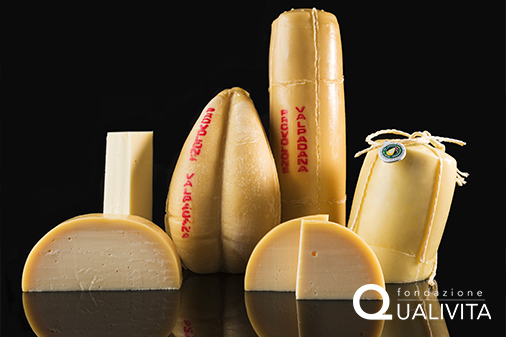
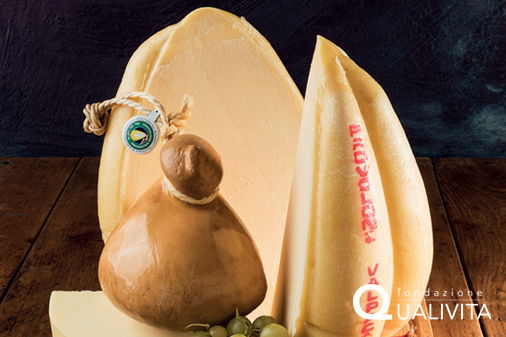
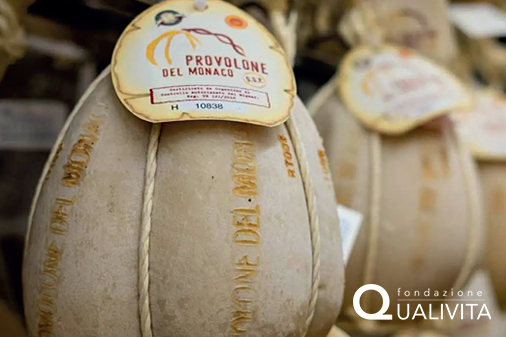




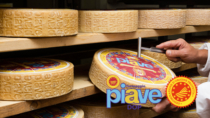



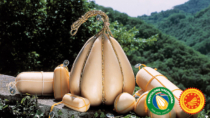

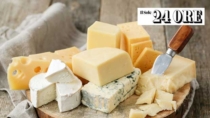

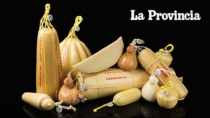
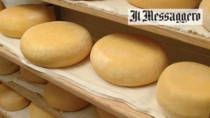
![[Cremona] "Formaggi & Sorrisi": tutto pronto per l](https://www.qualivita.it/wp-content/uploads/2024/03/cremona-formaggi-e-sorrisi-210x118.jpg)
